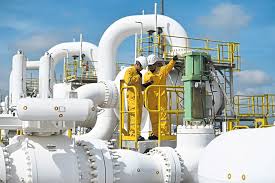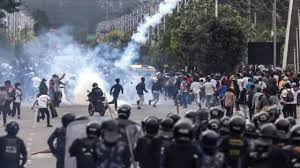Ethiopia has officially launched a major hydropower project on the Nile River, despite strong opposition from Egypt.
The project, known as the Grand Ethiopian Renaissance Dam (GERD), is located in the Benishangul-Gumuz region of Ethiopia, near the border with Sudan. Construction of the dam started in 2011, and now, two of its turbines have started producing electricity.
The dam is currently generating 750 megawatts (MW) of power, but once fully operational, it is expected to produce up to 5,150 MW — making it the largest hydroelectric dam in Africa.
The GERD is a key part of Ethiopia’s plan to supply electricity to its growing population and export power to neighboring countries like Sudan, Djibouti, and Kenya.
Around 65% of Ethiopia’s population still lives without reliable electricity, and the government hopes this project will improve lives, power industries, and boost economic development.
However, the dam has caused serious tension with Egypt and Sudan, two countries downstream of the Nile. Egypt, which relies on the Nile for about 97% of its water supply, fears the dam will reduce the amount of water reaching its people, farms, and cities.
Egyptian officials have called the dam a “threat to national security”, saying it could endanger water availability during drought years.
Sudan also raised concerns about the dam’s impact on its own water supply and dam safety, but in recent years, Sudan’s stance has become more neutral, especially as it sees potential electricity benefits.
Talks between the three countries have gone on for years but no final agreement has been reached on how the dam should be filled and operated.
Despite protests from Egypt and calls for international mediation, Ethiopia has moved forward with filling the dam’s reservoir. The government insists it has a right to use the Nile for development just like other countries.
The African Union has tried to mediate the dispute, but so far, no breakthrough has been achieved. The United Nations and United States have also expressed concern and urged all sides to reach a peaceful solution.
As the dam continues to generate more power, the Ethiopian government is expected to expand connections to regional power grids. It also hopes the GERD will become a symbol of African self-reliance and progress.
However, without a water-sharing agreement in place, tensions with Egypt may continue to rise — and some experts warn this could lead to future conflict if diplomacy fails.



